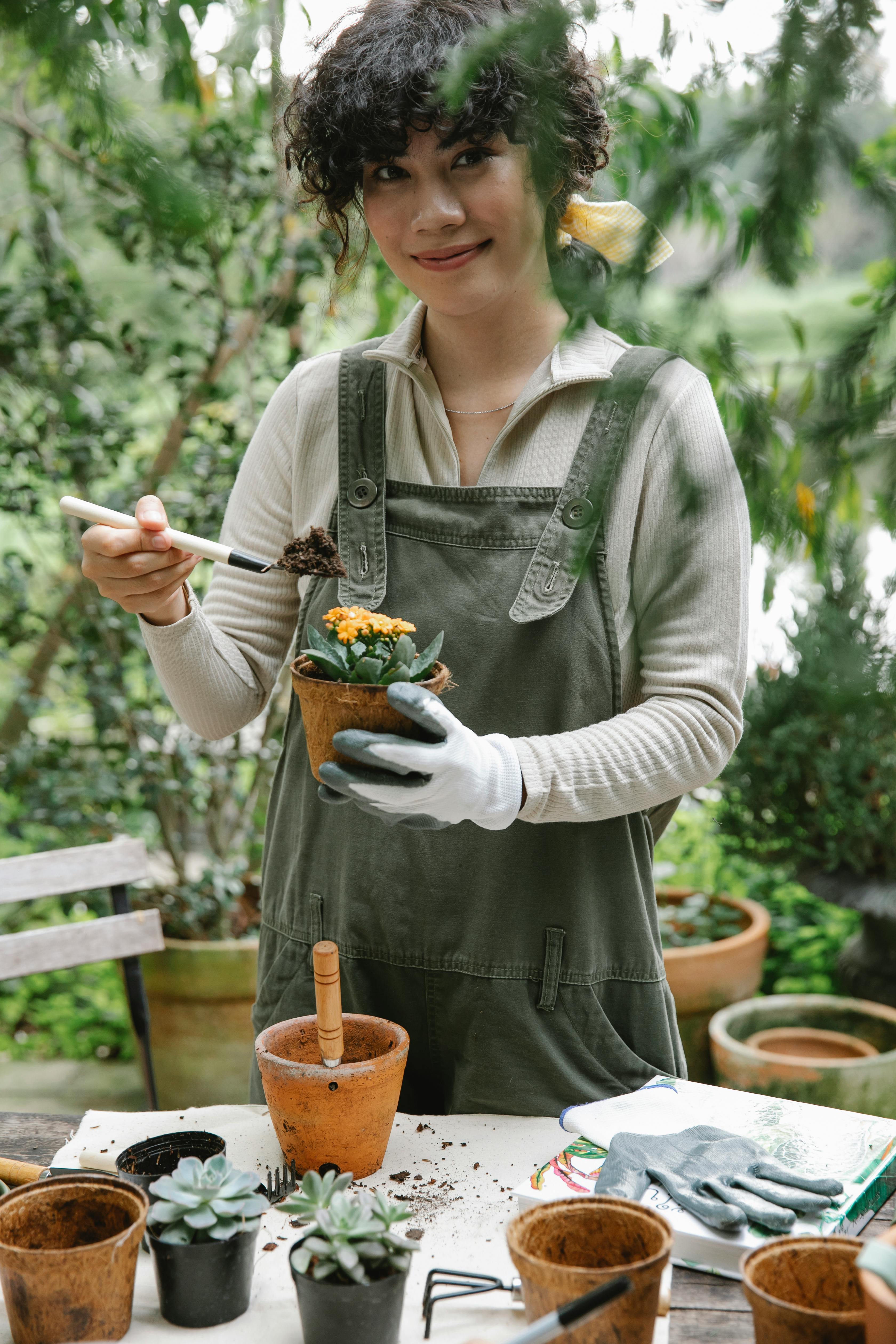
Effective Ways to Master Drawing Anime Hands in 2025
Drawing anime hands can be an exhilarating yet challenging aspect of mastering anime art. Flexible in expression and pivotal in storytelling, hands convey a multitude of emotions and gestures that elevate characters. Understanding how to draw anime hands not only enhances your artistic toolkit but also showcases your ability to illustrate scenes with depth and authenticity. This article explores a variety of techniques, tips, and exercises aimed at helping you master drawing anime hands through a structured and engaging approach.
We'll delve into the anatomy of hands in anime, discuss proportions, study dynamic poses, and share effective techniques for both traditional and digital artworks. Whether you're a beginner or looking to refine your skills, there's something valuable here. Prepare to unlock the full potential of your creative expression as you learn how to articulate character emotions through skilled hand illustrations.
Key takeaways will include insights into essential hand techniques, step-by-step tutorials, and tools to further enhance your drawing journey. Let's embark on this artistic adventure and elevate your anime hand drawing skills!
Understanding Anime Hand Anatomy and Proportions
Building a strong foundation for drawing anime hands begins with understanding the fundamental anatomy and proportions. Anime art often stylizes features, but grasping the basic structure remains crucial. The anatomy of hands in anime consists of several key components: bones, joints, and muscles. By learning these elements, you can create hands that not only look realistic but also convey personality and expression.
Basic Structure of Hands
Familiarize yourself with the skeletal structure of a hand. Each finger has three segments (phalanges), while the thumb has two. Visualizing the hand as a structure of interconnected shapes helps in maintaining proper proportions. Practice sketching each component separately before integrating them into a complete hand. Understanding how the joints function allows greater flexibility in poses and gestures.
Proportional Guidelines for Anime Hands
In typical anime styles, hands can vary widely in size and shape. A common guideline is that the length of the hand should be roughly equal to the length of the face. Pay attention to how the width and length of the fingers align with the palm. Creating a ratio chart can help standardize proportions across different characters. Make note of individual styles—some artists prefer oversized hands, while others go for a more delicate look.
Study References and Real-life Examples
Utilizing drawing references, including photographs or life drawing sessions, significantly boosts your ability to replicate realistic poses. Analyzing how light interacts with the surface of the skin will also aid in replicating different skin tones and textures. Resources like online tutorials or anatomy books can deepen your understanding of hand anatomy and proportions further.
Building on these fundamentals, we can now explore specific techniques suited for different hand poses in anime.
Sketching Various Hand Positions in Anime
Once you've developed a comprehensive understanding of hand anatomy, the next step is to implement that knowledge by sketching hands in various positions. Mastering hand gestures is vital in breathing life into your characters and storytelling.
Gesture Drawing Techniques
Gesture drawing involves quickly sketching the basic form of a pose without focusing on intricate details. This technique helps you capture the essence of a hand's movement, which is especially helpful when creating dynamic hand gestures in anime. Set a timer for one to five minutes and work on capturing the feel of different hand poses. Repeating this exercise will improve your confidence and speed in hand drawing.
Different Poses for Diverse Artistic Expression
Hands can portray emotions ranging from joy to anger through positioning. Delving into diverse hand positions, such as open palms, clenched fists, and relaxed grips, allows you to convey different feelings. For example, open hands can indicate openness and warmth, while clenched fists might suggest anger or determination. Experimenting with varying angles and orientations is key to visual storytelling.
Dynamic vs. Static Hand Poses
Dynamic hand poses can add excitement to your illustrations, while static poses often serve calm or contemplative moods. Practice capturing both styles by examining how hands interact with the body in motion and at rest. Notice how angles change when a character is running versus posing for a portrait. This awareness enhances your ability to draw for manga and digital art confidently.
This naturally leads us to the importance of practicing hand drawing exercises designed to elevate your skills further.
Practicing Anime Hand Drawing Exercises
To truly master drawing anime hands, consistency is key. Incorporating targeted practice exercises into your routine will illuminate areas for improvement while solidifying your understanding.
Daily Sketching Routine
Dedicate a portion of your day to creating hand sketches. You can draw from real-life references, experimenting with new poses or expressions each day. Even sets of 10 quick sketches focusing on speed will build confidence over time. Make sure to vary your subjects—sketching hands of different sizes and proportions can enrich your practice.
Utilizing Hand Drawing Reference Pictures
Staying equipped with a collection of hand reference pictures can guide your exercises. Search for images online that depict hands in various positions or gestures. Choose a familiar character or even your own hand to draw from as reference. This exercise invites a dynamic approach to learning, solidifying your understanding of perspective and detail.
Feedback and Improvement Through Art Critique
Receiving constructive feedback can propel your skills to new levels. Online forums and local artist groups often provide critiques that can help you identify strengths and weaknesses in your hand drawings. Consider joining a community where members evaluate each other’s sketches. This exchange of constructive criticism can clarify your mistakes and encourage growth.
Moving forward, mastering the details in your anime hands enables powerful emotional expression. This next section will cover how to convey emotions through hand expressions effectively.
Conveying Emotions through Anime Hand Gestures
Hands are powerful tools in storytelling, conveying emotions that words may fail to express. Artists can enhance their characters' personality and emotionality by effectively illustrating hand gestures.
Understanding the Emotional Language of Hands
Familiarize yourself with how certain hand positions correspond to specific emotions. For instance, hands placed on the chest might suggest heart-felt emotion, while fingers tightly clasped together may express anxiety. Understanding these connections allows you to choose gesture settings for your characters intentionally.
Dynamic Hand Movements to Show Action
Dynamic hand movements can amplify action scenes in your artwork. When animating or illustrating, consider how the hands engage with their environment. Whether pointing, pushing away, or beckoning, such movements translate into action. Capturing the fluidity of motion can make a significant impact on the viewer’s experience.
Expressing Vulnerability and Strength
Contrasting hand gestures—like clasped hands versus an open palm—can exhibit vulnerability or openness. An open hand indicates a gesture of friendliness, while folded hands may signify contemplation or discomfort. Experimenting with these contrasts enhances your character’s depth, often making them resonate more profoundly with the audience.
Finally, let’s explore the digital art techniques that can enhance the quality of your anime hand drawings.
Digital Art Techniques for Drawing Anime Hands
In today's art landscape, many artists are transitioning to digital platforms. Digital tools afford unique advantages, especially when refining hand illustrations.
Utilizing Software for Sketching and Coloring
Programs like Adobe Photoshop, Clip Studio Paint, or Procreate can be invaluable in illustrating anime hands. These platforms offer a range of brushes, layering, and color options to enhance your sketches. Learning shortcuts and features specific to your software can elevate your ability to create detailed hand illustrations.
Practicing with Digital Drawing Tablets
A digital tablet can greatly affect your drawing experience. The pressure sensitivity allows for a natural flow of lines, helping convey emotions through your hand gestures effectively. Spend time familiarizing yourself with the tablet's capabilities and practicing varied pressure application to create depth and dimension in hands.
Incorporating 3D References in Digital Art
Several digital tools and resources offer 3D models that allow you to view hands from multiple angles. These references provide crucial insights into anatomical structure and assist in perspectives. Using 3D models can clarify specifics in hand positions and proportions, giving rise to a more refined final artwork.

Conclusion and Next Steps in Mastering Anime Hands
Mastering how to draw anime hands is a journey that requires dedication, patience, and practice. By understanding the anatomy and proportions, sketching various positions, and conveying emotions through gestures, you can enhance your character illustrations significantly. Continuing to practice drawing exercises, studying references, and utilizing digital tools will refine your skills further.
As you cultivate your unique hand drawing style, remember to explore the emotional language of hands, ensuring your artwork continues to resonate with viewers. Embrace the creative process, and keep pushing the boundaries of your artistry. Happy drawing!
